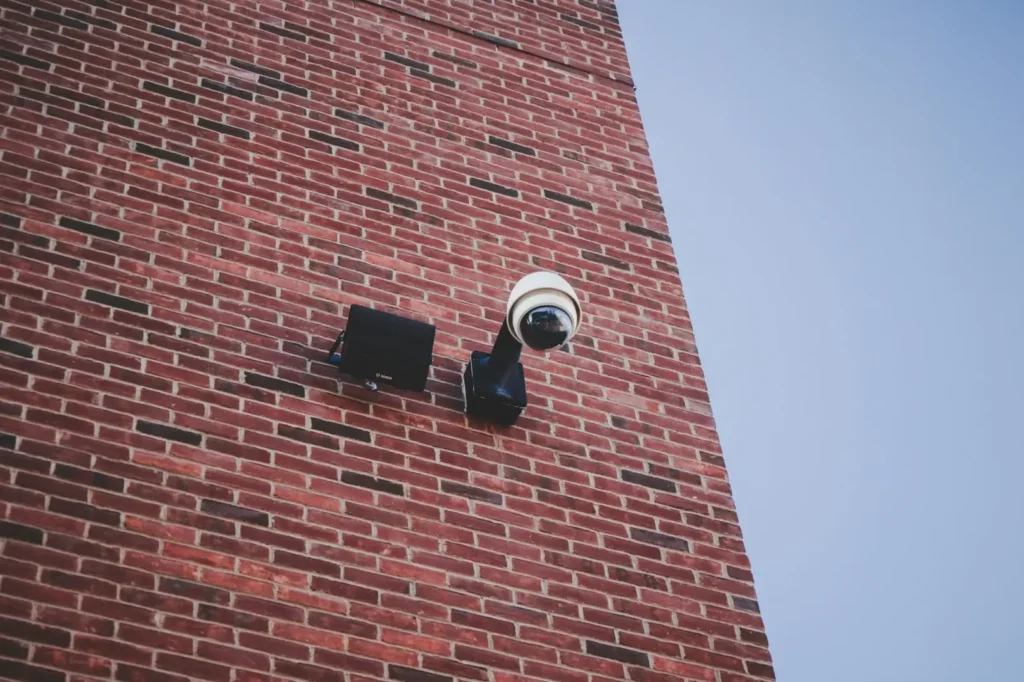Written By: Brad Campbell | January 17, 2025
As concerns about school security continue to grow across the country, it’s become more important than ever for schools to take proactive steps to bolster security measures, especially to prevent unauthorized entry.
Unauthorized entry poses significant risks to the safety and well-being of students and staff, making it essential for school districts to adopt robust access control technologies and procedures that safeguard campuses against potential threats.
Below, we’ll explore how school security and access control go hand in hand, providing you with actionable steps you can take to implement effective access control strategies for school properties.
School access control systems play a central role in managing and monitoring who enters and exits school buildings and restricted areas within school facilities.
These systems not only deter unauthorized individuals, but also streamline daily operations, ensuring that only authorized staff, students, and visitors gain access to a school’s facilities.
Effective access control in schools can:
By prioritizing access control, schools can proactively address vulnerabilities and create a more safe and secure learning environment.
The first line of defense against unauthorized access is a secure perimeter and entry points.
Schools should consider installing forced entry-resistant security glazing, like Riot Glass, on all vulnerable glass doors and windows to prevent forced entry and protect against active threats.
When you reinforce school doors and windows with Riot Glass, it prevents intruders from bypassing secure entryways by breaking a pane of glass and unlocking a door from the inside.
Additionally, schools should designate a single point of entry for all students, faculty, and visitors. Directing all visitors to a single monitored entry reduces the risk of unnoticed intrusions.
Implementing these measures helps schools maintain better control over who enters the premises.

Technology-driven identification systems ensure that only authorized individuals have access to school facilities through approved entryways.
For example, keycard-controlled doors provide staff and authorized personnel with secure entry while maintaining digital logs for auditing.
Alternatively, biometric scanners, including fingerprint and facial recognition systems, can add an even more secure layer of access control, making it nearly impossible for intruders to bypass locked entryways (by getting ahold of someone’s keycard, for example).
Lastly, all schools should implement a rigid visitor management system, requiring visitors to check in using a valid ID so administrative staff always know who is on school property.
Overall, these school security access control systems make it easier to track and manage access while deterring unauthorized entry.
Integrating video surveillance and alarm systems with access control offers schools comprehensive security coverage. These systems work together to provide real-time monitoring and immediate alerts, ensuring a proactive response to potential threats.
For instance, high-resolution cameras with motion detection and connected alarms can instantly notify security personnel of unusual behavior or breaches of restricted areas.
Surveillance footage, combined with alarm event logs, also provides incident recording and analysis opportunities, which can aid in post-event investigations and improve future threat prevention strategies.
Integrating surveillance and alarm systems with access control in schools also allows security teams to visually cross-check identities, enhancing accuracy and accountability.
Ultimately, this combined approach to school security and access control boosts situational awareness, minimizes response times, and adds a critical layer of defense to school security systems.

Access control technology alone is not enough — schools must also develop and enforce clear policies to complement access control measures. Here are a few such policies to consider implementing:
Periodic assessments of school security systems, including access control measures, help identify vulnerabilities and ensure systems are functioning optimally. These audits should cover physical barrier strength, technology updates, and procedural adherence, among other things.
Educating staff and students on school security and access control protocols is also crucial. Training should involve:
With everyone well-informed and prepared, your school’s access control measures will be more effective!
Establishing strict visitor protocols ensures accountability and awareness. Schools should require:
These steps ensure that visitors are easily identifiable and monitored, making it easier to immediately identify unauthorized or suspicious individuals.
In some cases, community involvement can positively contribute to the effectiveness of access control measures.
Partnering with parents, law enforcement, and even local security industry businesses can provide schools with additional resources and support.
For example, parent volunteers can assist with monitoring during high-traffic times, such as during drop-off and pick-up times or special events.
Additionally, schools can collaborate with local law enforcement or private security companies for training sessions or hire on-site resource officers or security guards to increase security presence.
Such collaborations foster a collective commitment to mitigating school safety risks!

Improving school security requires a multilayered approach, with access control being one of the foundational elements of a comprehensive school security plan.
By creating secure entry points, implementing modern access control technology, and integrating access control with state-of-the-art video surveillance and alarms, you can create a safer, more secure environment for teachers and students alike.
For more information on securing your school with Riot Glass solutions to reinforce access control, contact us today.

HOW CAN WE HELP YOU?
